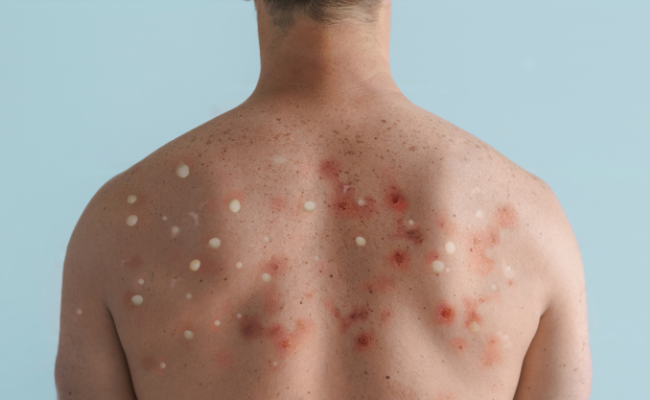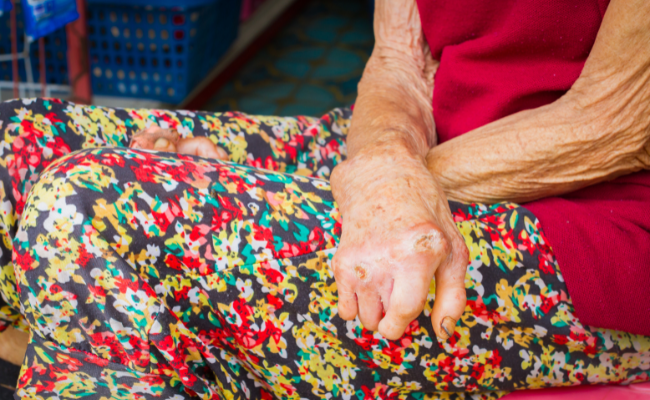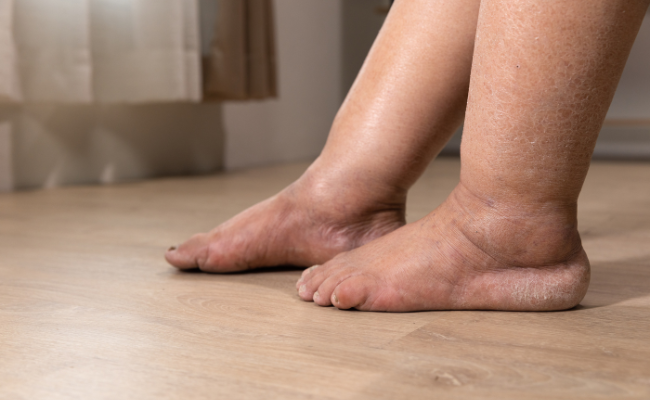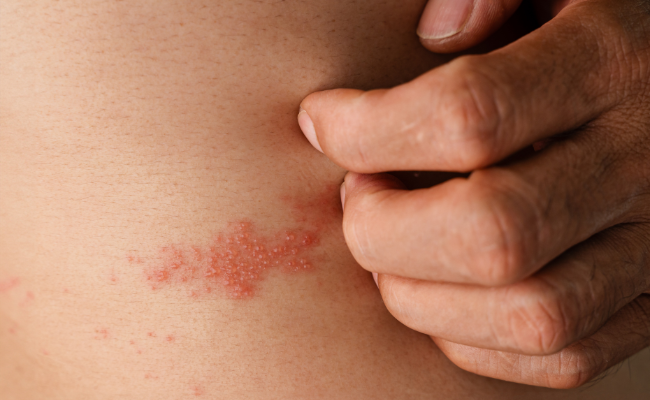How to Treat Lyme Disease?
- October 20, 2023
- No Comments
What is Lyme Disease?
Lyme disease, stemming from the bacterium Borrelia burgdorferi, is a tick-borne illness transmitted primarily by the black-legged or deer tick when it bites humans. This disease progresses through various stages, impacting the skin, joints, heart, and nervous system. Notably, the infection is not carried by common "wood ticks" or "dog ticks."
Why Does Lyme Disease Occur?
Lyme disease occurs when an individual is bitten by an infected tick. Ticks acquire the bacteria by feeding on infected animals, typically small mammals like mice and deer. The transmission to humans usually happens during outdoor activities in wooded or grassy areas where ticks are prevalent. Early detection and treatment are crucial, as Lyme disease can lead to severe complications if left untreated.
How to Identify Lyme Disease?
Identifying Lyme disease involves recognizing its symptoms, which can vary depending on the stage of infection. In the early stages, symptoms may include a characteristic circular rash known as erythema migrans, fever, fatigue, muscle and joint aches, and swollen lymph nodes. If left untreated, more severe symptoms can develop, affecting the joints, heart, and nervous system.
Diagnostic tests include blood tests to detect antibodies against the Lyme bacteria. However, these tests may not be reliable in the early stages, and clinical symptoms are often used to guide diagnosis.
Treatment Solutions for Lyme Disease
Antibiotics:
- Doxycycline: Commonly prescribed for adults and children over the age of 8, this antibiotic is effective in the early stages of Lyme disease.
- Amoxicillin or Cefuroxime: These antibiotics are often recommended for pregnant women or those unable to take doxycycline.
Intravenous Antibiotics:
- In cases of more advanced Lyme disease, where the infection has spread to the central nervous system or joints, intravenous antibiotics such as ceftriaxone may be administered.
Duration of Treatment:
- The duration of antibiotic treatment varies depending on the stage of the disease and the specific antibiotics prescribed. Early treatment is typically shorter, while advanced cases may require more extended courses.
Pain Relievers:
- Over-the-counter pain relievers like ibuprofen or acetaminophen may be used to alleviate symptoms such as joint pain and fever.
Benefit Points of Treating Lyme Disease
- Complete Recovery: Early and appropriate treatment often results in a complete recovery from Lyme disease, preventing the progression to more severe stages.
- Prevention of Complications: Timely treatment reduces the risk of complications such as chronic joint inflammation (Lyme arthritis), neurological issues, and heart problems associated with advanced Lyme disease.
- Management of Symptoms: Antibiotic therapy effectively manages and alleviates symptoms, including fever, fatigue, and joint pain.
- Preventing Chronic Lyme Disease: By treating Lyme disease promptly, the likelihood of developing chronic Lyme disease, characterized by persistent symptoms, is significantly reduced.
- Reduced Spread of Infection: Swift treatment not only benefits the infected individual but also helps prevent the further spread of Lyme disease within the community by breaking the transmission cycle.








.jpg)


Comments (0)
No comments yet